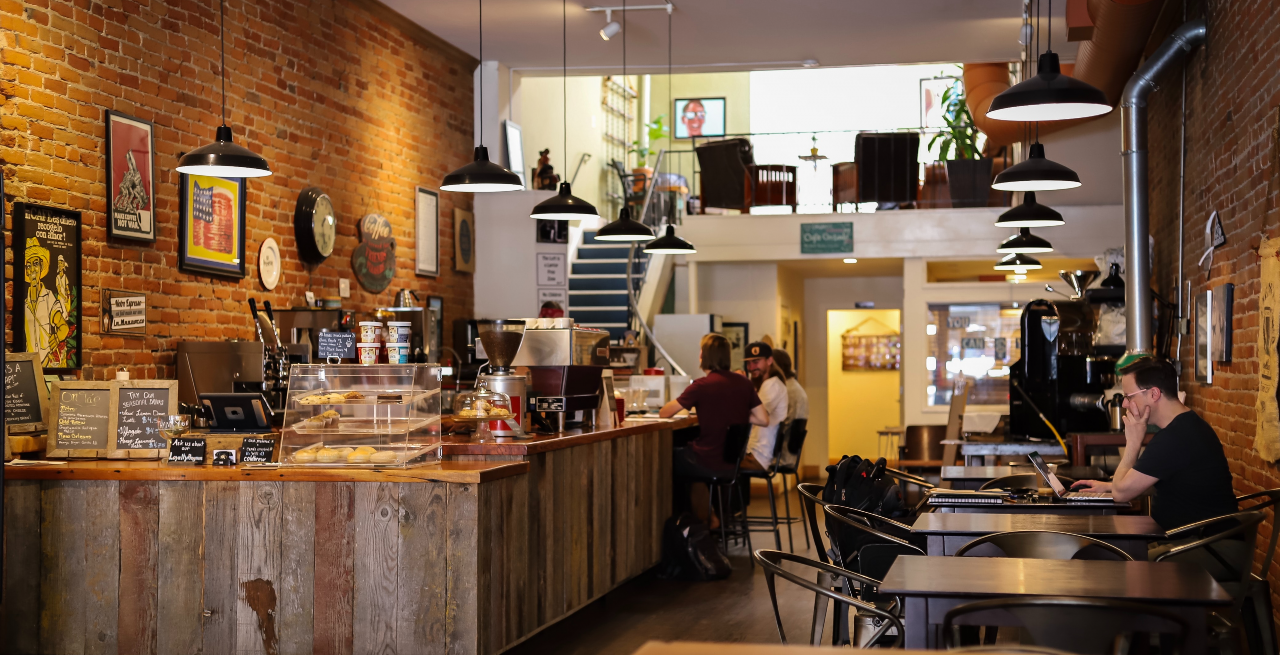IoT Is Revolutionizing The Way Restaurants Operate and Manage Food Safety
4 Min Read By Francine L. Shaw
IoT has become an indispensable tech solution for the restaurant industry. Integrating IoT devices and connectivity drives efficiency, enhances food safety, mitigates risks, increases transparency, reduces waste, and provides many other benefits for restaurants. In fact, leveraging IoT is revolutionizing the sector by optimizing supply chain management, enhancing the customer experience, and facilitating data-driven decision-making.
The numerous, significant benefits of using IoT in the restaurant industry include:
- Enhancing food safety. Connected sensors and devices allow real-time tracking and monitoring of food products throughout the supply chain. By leveraging IoT, restaurants and other food businesses can continuously monitor crucial variables like temperature and humidity to ensure optimal storage conditions. This proactive approach significantly reduces the risk of spoilage and contamination, ultimately delivering safe, high-quality food to organizations and consumers.
- Improving transparency and traceability across the supply chain. IoT offers unparalleled end-to-end visibility and traceability in the food supply chain, thereby promoting transparency and accountability. Through the utilization of sensors, RFID tags, and software technology, restaurants can track foods’ movement from the point of origin to consumption. This transparency helps identify the origin of any issues or recalls, significantly reducing the impact on public health. It enables quicker, more targeted responses to any potential food safety breaches, mitigating risks, preventing further contamination, and improving consumer confidence.
- Leveraging real-time monitoring and predictive analytics. IoT devices provide real-time data on critical factors, including equipment performance, energy consumption, and production processes. This data can detect patterns and predict potential issues when coupled with advanced analytics and machine learning algorithms. By taking a proactive approach to risk identification and mitigation, restaurants can help prevent downtime, improve operational efficiency, and make data-driven decisions to optimize resource allocation and enhance overall productivity.
- Optimizing shelf life and reducing waste. Did you know that U.S. restaurants waste an astonishing $57 billion each year on uneaten food? IoT devices collect valuable data on critical product conditions, such as temperature, humidity, and light exposure, to help reduce that expensive waste by ensuring products are used before they spoil.
- Boosting sustainability efforts. Every restaurant wants to become more sustainable, reducing waste and associated costs, and IoT can be instrumental in reducing food waste (see above!) and energy consumption. For instance, if an employee forgets to turn off the oven at the end of a shift, IoT sensors can detect this and automatically shut it off, notifying the restaurant’s manager when it does so.
- Elevating customer experiences. IoT is also improving the overall customer experience. Connected devices in restaurants or food delivery services streamline the ordering process, improving accuracy and providing real-time status updates. This seamless customer journey results in higher customer satisfaction and loyalty.
Restaurants should leverage IoT to optimize their operations and elevate safety, quality, and efficiency. Here are some important tips to accomplish this:
- Assess your organization’s specific needs. Identify areas of your restaurant that can benefit from IoT technology. Consider cold chain management, quality control, inventory management, and/or any other aspect that can be optimized. Define specific goals you want to achieve through IoT implementation.
- Use reliable technology. Choose IoT devices and solutions that are reliable, scalable, and aligned with your business requirements. Prioritize factors like data security, interoperability, ease of integration, and ongoing support.
- Leverage smart equipment and sensors. Utilize smart equipment with sensors that automatically turn off and notify staff if they’re left on after hours and/or deviate out of a pre-determined temperature range. IoT-enabled refrigerators can also manage stock levels and inform managers when quantities dip below pre-determined levels, ensuring that restaurants never run out of necessary products. This also means your restaurant won’t waste precious space (or money) on overstocking.
- Optimize operational efficiencies. IoT connected appliances are low maintenance, allowing restaurant operators to increase efficiency and optimize operations. For instance, IoT enabled equipment can automatically schedule their own routine maintenance. They also allow restaurant managers to remotely operate ovens and refrigerators, pull temperature reports, and troubleshoot HVAC issues from anywhere. Seemingly “simple” upgrades like these will actually save restaurants significant time, energy, effort, and money over time.
- Rely on data management and analytics. Develop a robust data management strategy to collect, store, and analyze the vast amounts of data generated by IoT devices. Employ analytics tools to derive actionable insights from the data and make informed decisions based on this information. Use the data to improve processes, optimize inventory, and enhance overall operational efficiency.
- Collaborate with the right partners. Explore partnerships with technology providers, industry associations, and regulatory bodies to stay updated on emerging standards, best practices, and compliance requirements related to IoT and other technologies in the food industry. Collaborating with experts and industry peers can accelerate your IoT implementation journey.
- Prioritize data security. Implement robust security measures to protect your IoT devices and the data they collect. This includes network security, encryption, authentication protocols, and regular monitoring for potential vulnerabilities. Safeguarding data privacy and complying with regulations is vital in maintaining trust with customers and partners.
IoT is transforming restaurant management by enhancing food safety, improving efficiency, boosting transparency, reducing waste, improving the customer experience, enabling data-driven decision-making, and optimizing operations. Innovative technology like IoT has become a necessity for restaurants, and brands that leverage this important tech solution will position themselves for success in this highly competitive industry.


